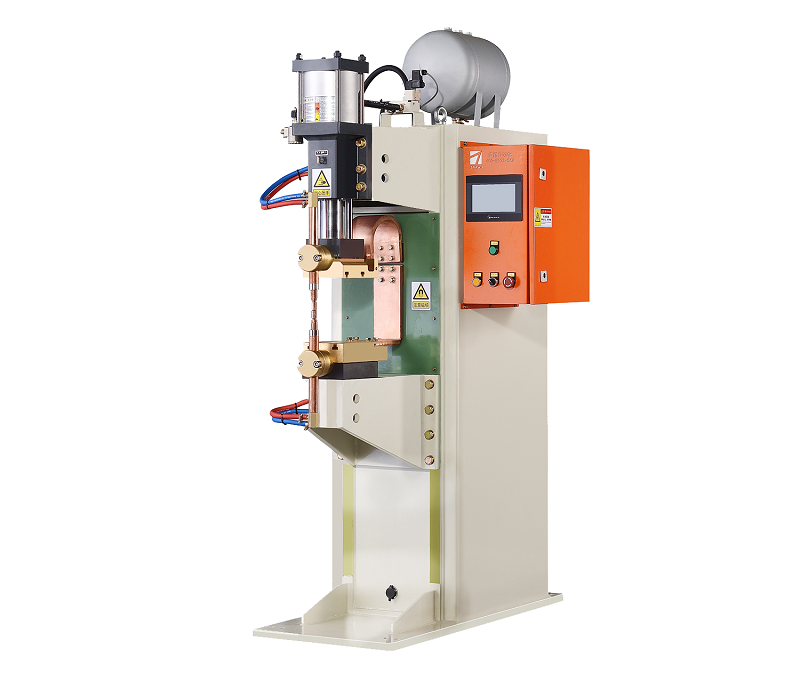Factors Affecting the Current of Medium Frequency Spot Welding Machine?
Medium frequency spot welding is a widely used technique in various industries for joining metal components together. The efficiency and quality of the welding process depend significantly on the current used in the welding machine. Several factors influence the current of a medium frequency spot welding machine, and understanding these factors is crucial for achieving optimal welding results.

- Material Type and Thickness: Different metals have varying electrical conductivities, resistances, and melting points. The type and thickness of the materials being welded can greatly impact the required welding current. Thicker materials often require higher currents to ensure proper fusion and penetration during welding.
- Electrode Configuration: The arrangement of electrodes affects the current distribution and concentration at the weld point. Proper electrode design and positioning are essential to ensure uniform current flow and prevent uneven welds.
- Joint Design: The geometry of the joint being welded plays a significant role in determining the required current. Joints with irregular shapes or poor contact between components may necessitate higher currents to overcome resistance and achieve a strong weld.
- Electrode Material and Surface Condition: The material and condition of the electrodes used can impact the welding current. Clean and properly maintained electrodes with good conductivity help maintain consistent current flow, while worn or contaminated electrodes can lead to fluctuations in current.
- Welding Time: The duration for which the current flows through the materials affects the amount of heat generated. Longer welding times might require higher currents to ensure sufficient heat input for proper fusion.
- Electrode Force: The force applied to the electrodes affects the contact resistance between the materials being welded. Higher electrode forces can lead to better contact and lower resistance, which, in turn, might influence the optimal welding current.
- Machine Calibration and Settings: The welding machine’s settings, including its calibration, can impact the current delivered during welding. Proper calibration and accurate settings ensure consistent and controlled current output.
- Ambient Temperature: The surrounding temperature can influence the electrical resistance of the materials being welded. As resistance changes with temperature, adjustments to the welding current might be necessary to maintain the desired heat input.
In conclusion, the current used in a medium frequency spot welding machine is influenced by a combination of material properties, joint design, electrode factors, and operational parameters. Achieving successful and reliable welds requires a thorough understanding of these influencing factors and careful adjustment of the welding machine’s settings. Proper consideration and control of these variables contribute to consistent and high-quality welds across various applications and industries.